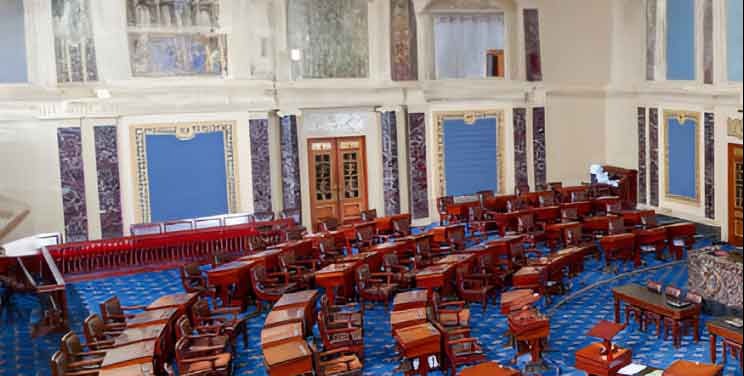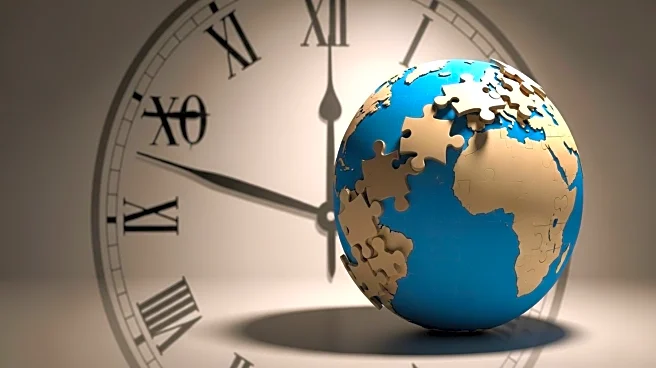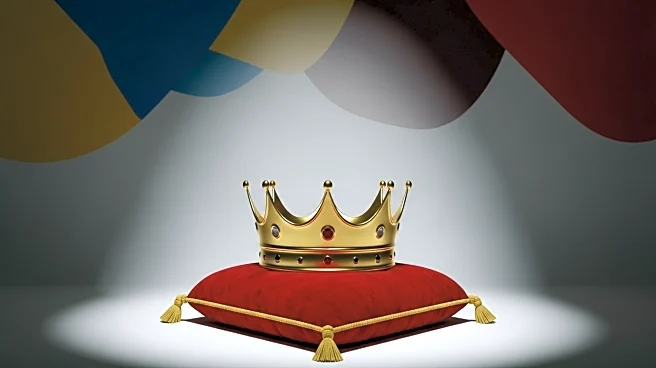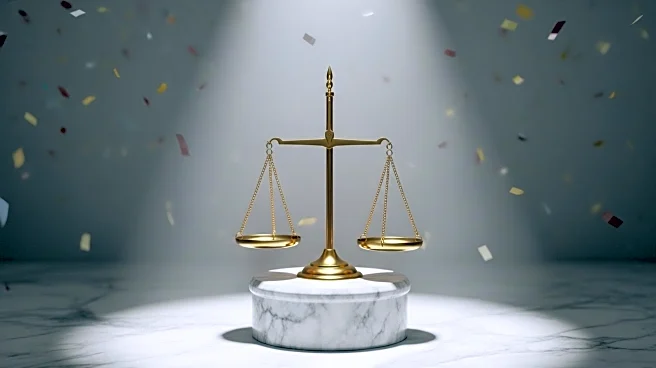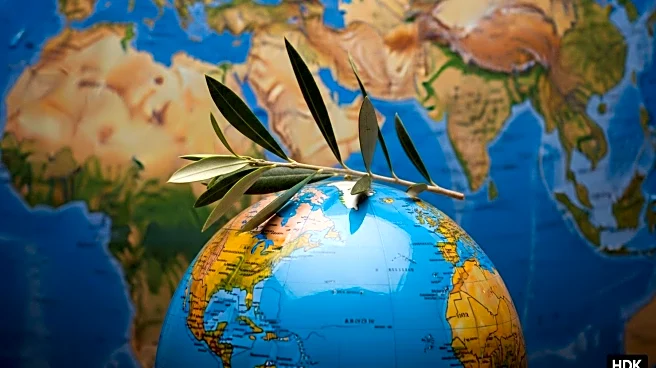What's Happening?
President Donald Trump has expressed dissatisfaction with Time Magazine for using an unflattering photo of him in their coverage of the Israel-Hamas peace deal. The photo, which Trump described as 'the
Worst of All Time,' was taken from below his face, showing his nostrils and neck. Trump voiced his concerns on TRUTH Social, questioning the magazine's choice of image and suggesting it was 'really weird.' The peace deal, brokered by Trump, led to the release of hostages by Hamas and Palestinian prisoners by Israel. The conflict began in 2023 with a surprise attack by Hamas on Israel, resulting in significant casualties and destruction.
Why It's Important?
The criticism from President Trump highlights the ongoing tension between media portrayal and political figures, particularly in the context of significant diplomatic achievements. The peace deal between Israel and Hamas is a major development in Middle Eastern politics, with implications for regional stability and international relations. Trump's reaction underscores the sensitivity of media representation in shaping public perception of political leaders and their accomplishments. The release of hostages and prisoners marks a pivotal moment in the conflict, potentially easing tensions and fostering dialogue between the parties involved.
What's Next?
While President Trump's criticism of Time Magazine may not directly impact the peace deal, it could influence how media outlets approach coverage of political figures and their achievements. The peace agreement itself may lead to further negotiations and efforts to stabilize the region, with international stakeholders closely monitoring the situation. The response from media organizations to Trump's comments could also affect future interactions between the press and political leaders, potentially prompting discussions on media ethics and representation.
Beyond the Headlines
The incident raises questions about the role of media in political discourse and the power dynamics between public figures and news organizations. It highlights the importance of image and perception in politics, where visual representation can significantly impact public opinion. The broader implications of the peace deal, including humanitarian concerns and geopolitical shifts, remain critical areas for analysis as the situation develops.


